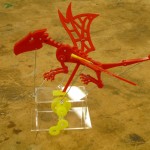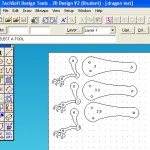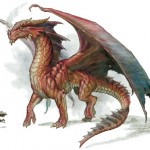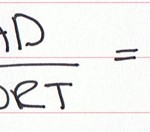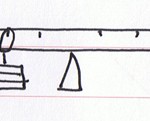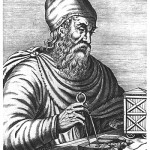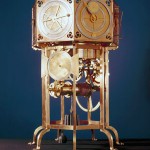
I just thought I’d put together a collection of some of the cool things I’ve come across on looking into mechanisms and structures, it might be a bit disjointed but hopefully it’ll provide some inspiration The self balancing bookshelf: What a conversation starter, I think when I move next I might just have to make […]
